The Future of
Personalized Medicine
For thousands of years, medicines were crafted manually using mortars and pestles, tailored to each patient's unique needs. This started changing a hundred years ago with the industrialization of pharmaceutical manufacturing. today, most medicines are mass-produced in large factories.
While this enabled easy access to a vast variety of standardized medicines for most of us, many vulnerable patient groups were left behind by the pharmaceutical industry. The standardized doses and forms work well in most situations, for most conditions, and for most patients – but not for all.
The Ones Left Behind

CONDITION: PROSTATE CANCER
MEDICATION: ENZALUTAMIDE
Cancer medication always requires precise dosing. Standard drugs are manufactured with such sparse tablet sizes (e.g. 40mg and 80mg) that the optimal dose always falls in between. The optimal effect is not achieved if the administered dose is too low, and dangerous side effects can occur if it's too high. In addition to this, the dose should change over short periods of time as the condition changes.
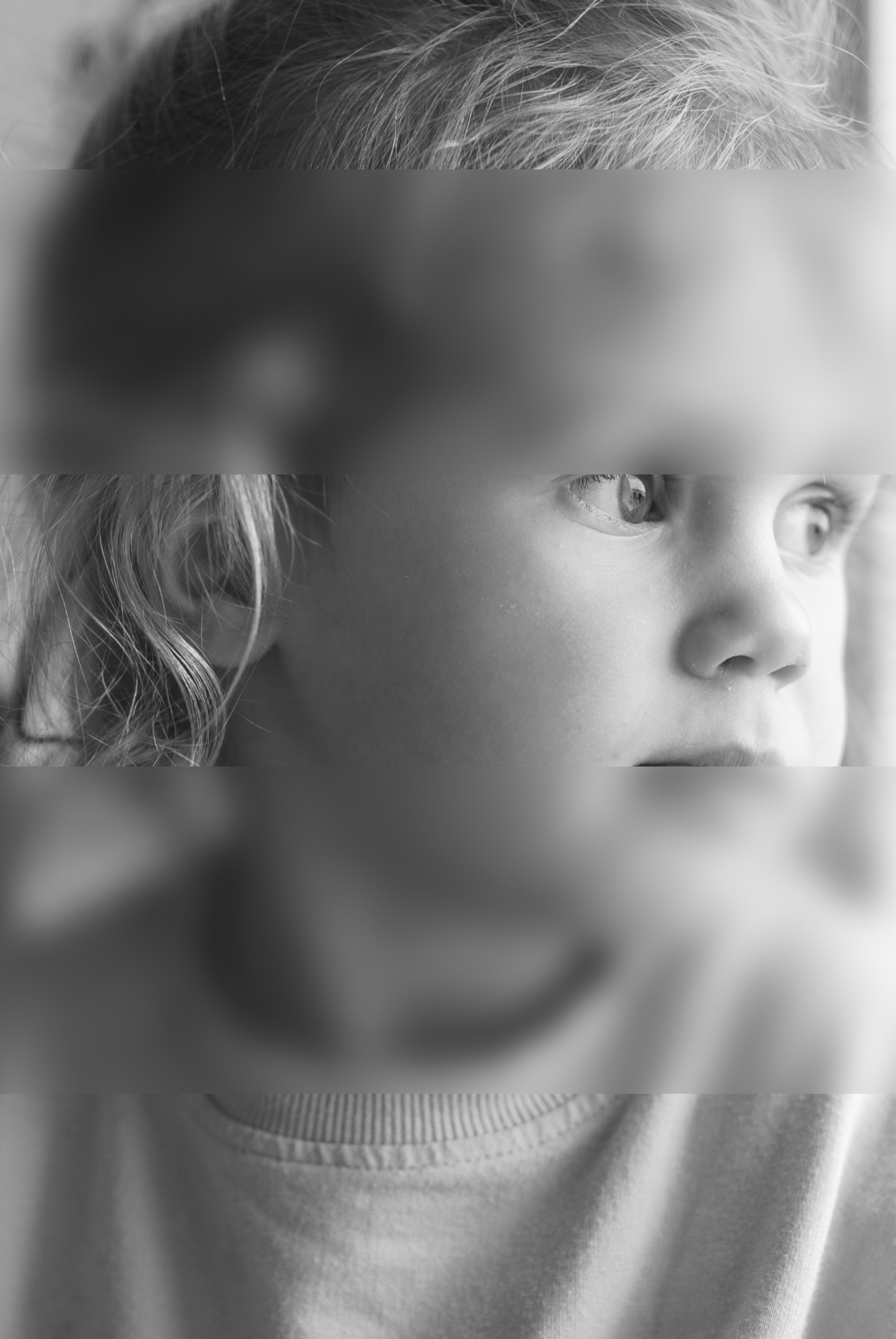
CONDITION: HEART FAILURE
MEDICATION: FUROSEMIDE
Children's lower body mass and developing organs require medications to be dosed with particular precision, making personalized doses essential. Currently, more than 50% of medicine are not available in standard doses approved for the use in children, according to the European Medicines Agency.

CONDITION: RHEUMATISM, DIABETES, HEART DISEASES
MEDICATION: MULTIPLE
Some patients may not require personalized doses for their primary condition, but coexisting health issues, such as difficulty swallowing, necessitate medicines in customized forms, like liquids instead of tablets.

CONDITION: EPILEPSY
MEDICATION: GABAPENTIN
The appropriate dosage for animals also varies based on factors such as weight, age, and specific health conditions. An additional challenge with animals is ensuring they consume their entire dosage, which can be difficult to monitor.
A Problem
Worth Solving
The individuals above are being treated with a process called pharmaceutical compounding. It means pharmacists manufacture the drugs manually by hand every time a doctor prescribes a treatment outside of the standard medicine doses.
Current pharmaceutical compounding is a delicate process which is slow, expensive and prone to human errors. It includes very limited quality control and can result in fatal errors, such as incorrect dosing or drug contamination. In addition to the inefficiencies and risks for patients, it includes the unwanted possibility of the pharmacy personnel being exposed to the drug ingredients.
10% of patients would benefit from personalized dose or dosage form, but less than 1% of medicines are currently prescribed personalized because there’s no efficient and safe way to manufacture them.
Based on heritage, built for the future
In 2010 we started to research if 3D printing technology could be a solution to manufacturing small and unique medicine batch sizes – akin to manual compounding but with a safe and fast manufacturing process that has built-in quality control and produces less drug waste.
After more than a decade of research and development, we launched the world’s first end-to-end automated pharmaceutical compounding solution – the Pharma Kit – in November 2023. Pharma Kit includes everything a pharmacy needs to manufacture small batches of personalized medicines: pharmaceutical printer and inks, specialized software and packaging tools & materials.
While the printer is the most visible part of the process, the true innovation lies in the Pharma Inks. They are mixed with the same active pharmaceutical ingredients as the standardized, factory-made drugs but they allow for the personalization of dose, physical size and form. It's important to note that our focus is not on developing new drugs, but rather on revolutionizing the manufacturing process for existing ones in a significantly improved manner.
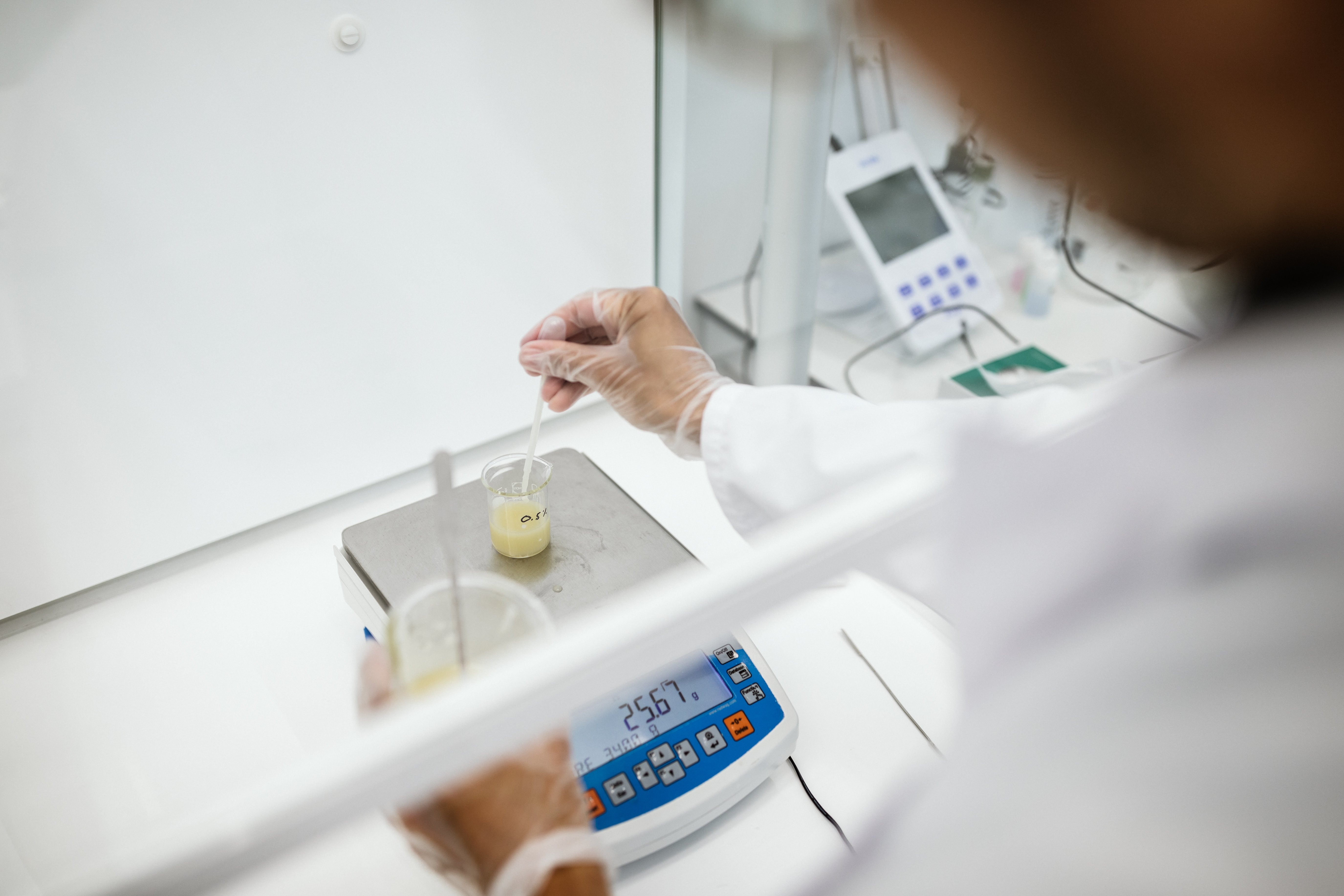
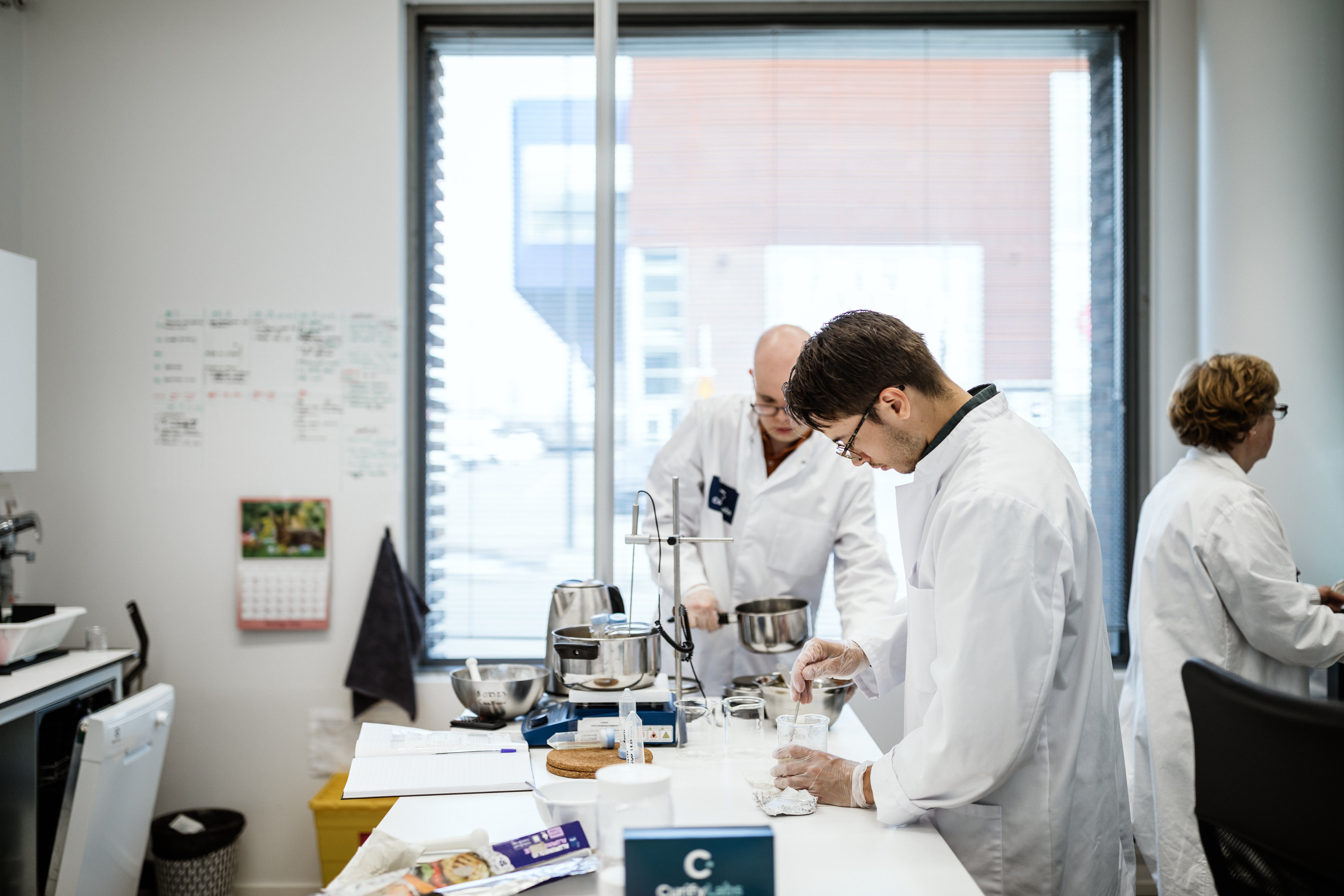
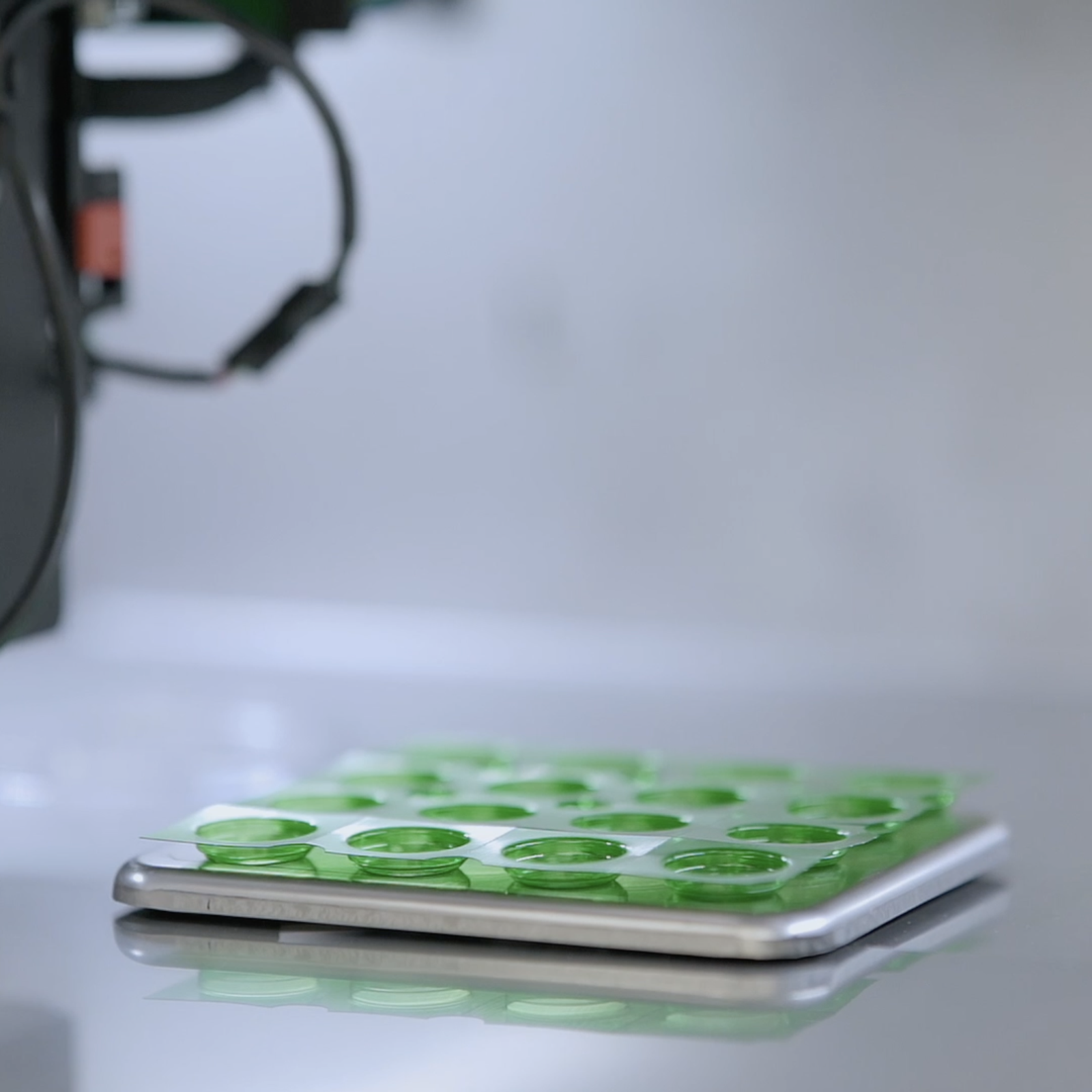
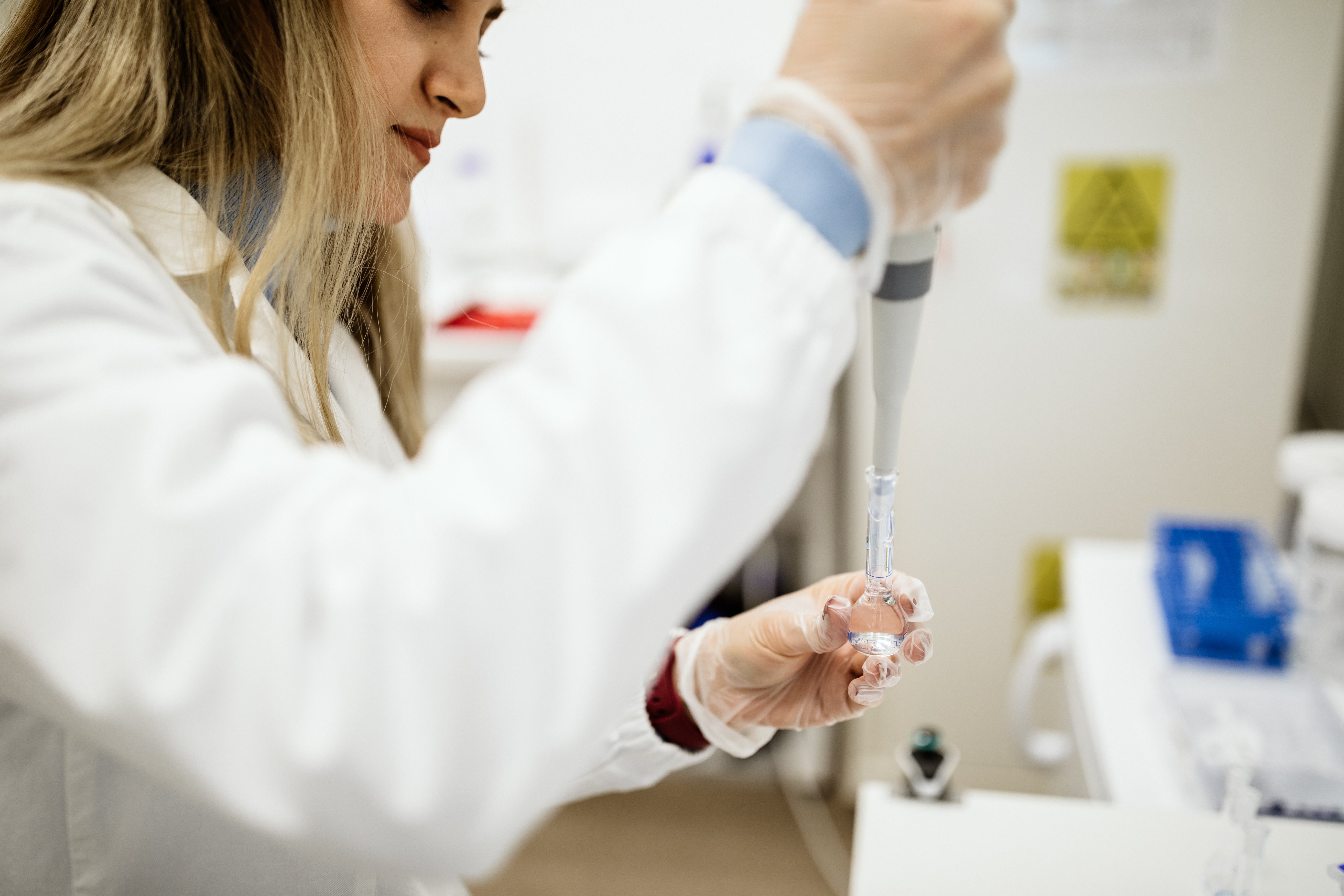
The impact is life-changing

He always gets his cancer medication in the perfect dose and always at the right time.
This significantly improves his chances of recovery.

She is treated with the most suitable medicine and amount because they are available in a dose suitable for her.
She also gets her medicine printed with raspberry flavour (that’s her favourite).

She gets her medication in an edible film that melts in her mouth and now she doesn’t have to go through the daily battle of swallowing medicines.
Her pill burden is also solved by printing all her medication into one film, resulting in improved commitment to the treatments.

He gets an accurate medicine amount and with meat flavour included in the tablets to make sure he eats them all.
Before the public rollout, the solution spent months extensive testing and assessment for months in dozens of the busiest hospital pharmacies in Europe, including Helios in Germany, HUS in Helsinki, Charite in Berlin and Delpech in Paris. The results were as expected.
100%
of the printed medicine passed all quality and safety tests
30min
saved by pharmacist per prescription, compared to traditional compounding methods
A win for everyone
Being able to safely manufacture personalized medicines is one of the most impactful pharmaceutical innovations of this century. Because of Pharma Kit, patients get more accurate treatment faster and safer and pharmacists can serve more patients and manufacture the drugs without the risk of getting exposed to the drug themselves. Also, the healthcare system and society as a whole benefit from shorter stays at the hospital, lower healthcare costs and reduced drug waste, resulting in an improved quality of life for all.
The issue of medical compounding has started to gain awareness due to the global shortage of healthcare professionals, including pharmacists. Pharma Kit being the forerunner, the interest towards our technology has skyrocketed – ranging from WIRED placing us in the list of Ten Hottest Startups in Helsinki to EU’s Innovation Fund granting us 2,5 million euros. But most importantly - due to pharmacies and hospitals adopting our technology at an increasing pace - we’re excited to see patients around the world finally being treated in a way they deserve.